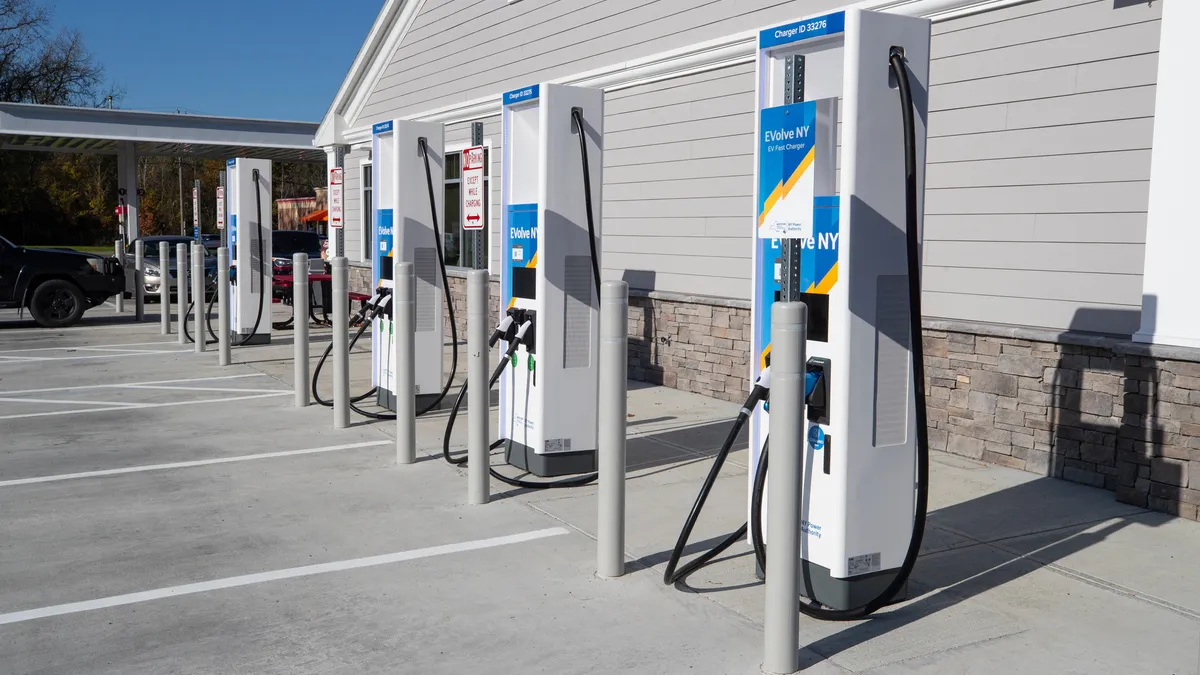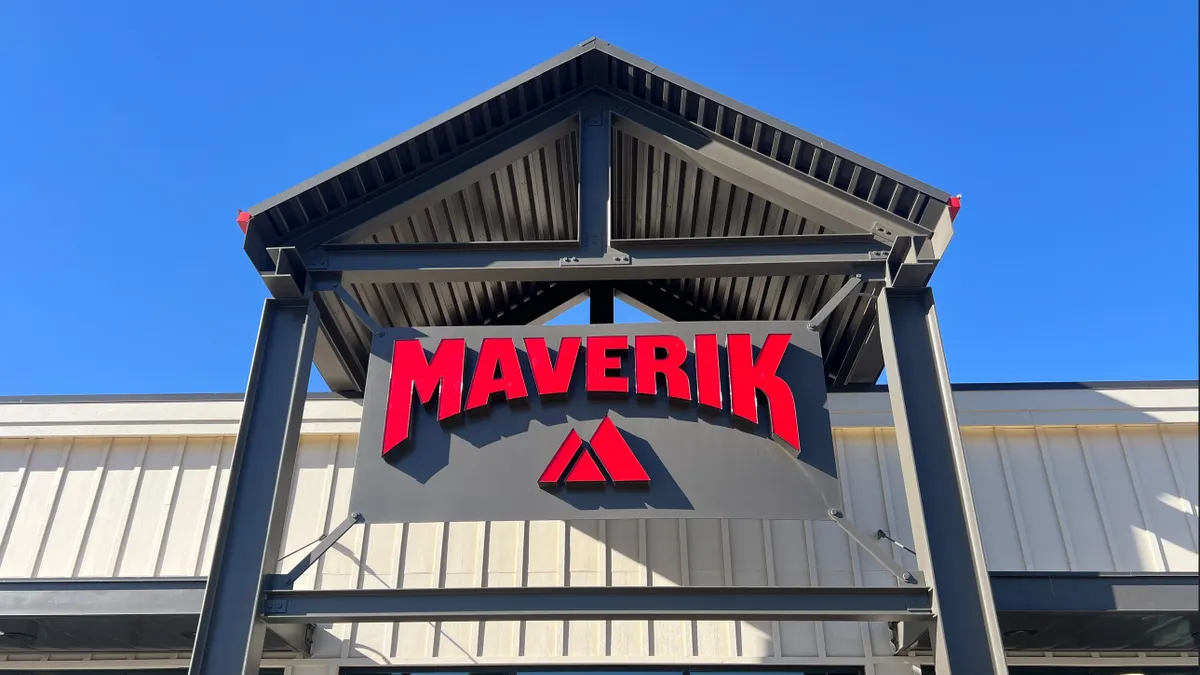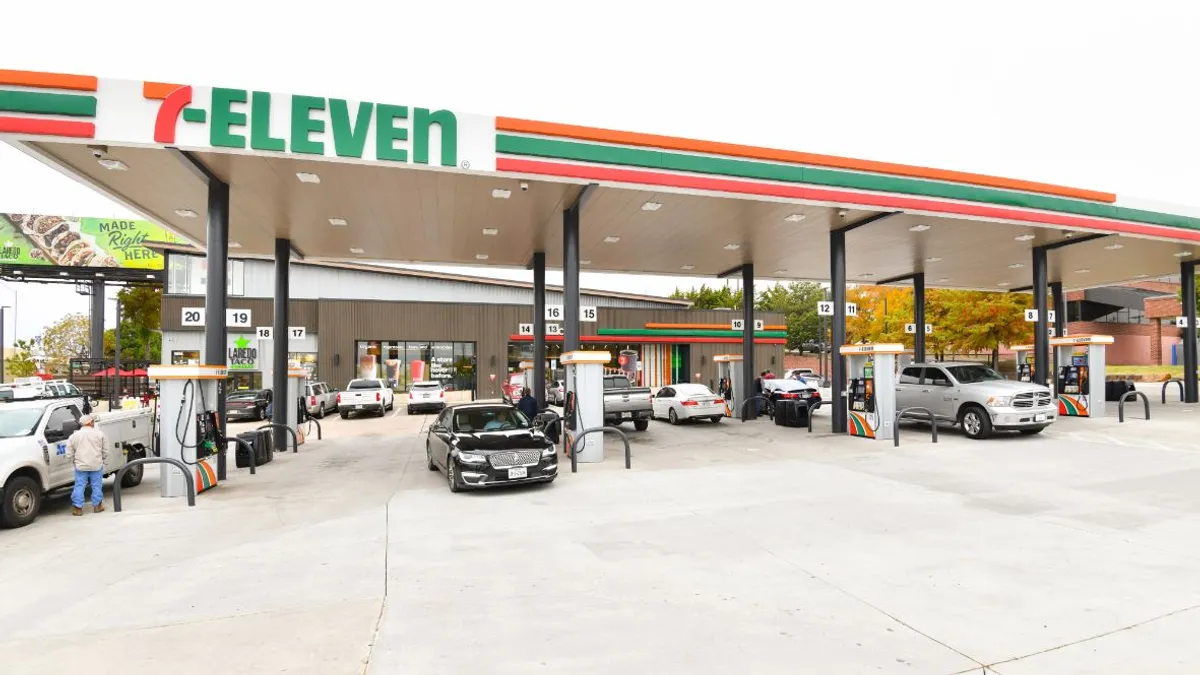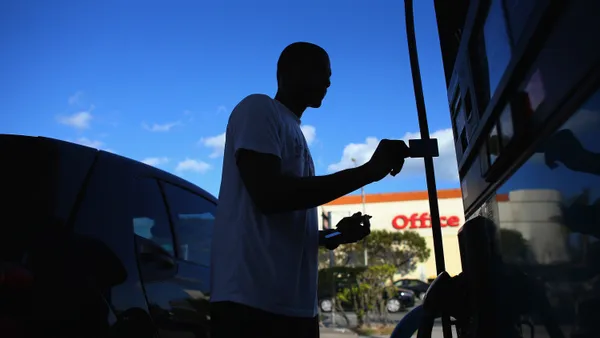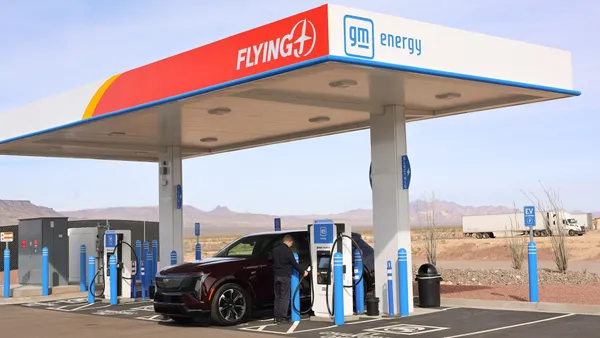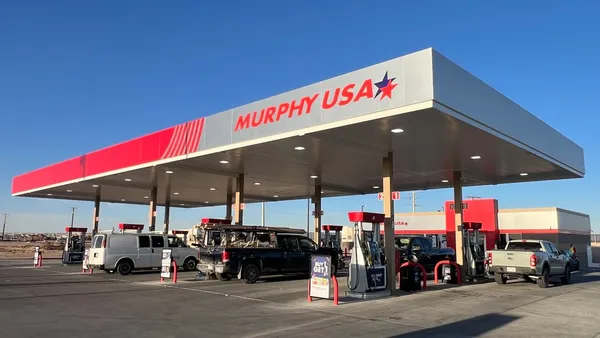C-stores and electric vehicle charging have had a tempestuous relationship so far. While many chains have dipped a toe into the space, concerns about profitability and a consistent business model have tempered the enthusiasm.
Stewart's Shops, which has over 350 stores in New York state and Vermont, already has EV chargers at 12 locations and is looking to continue expanding.
The Ballston Spa, New York-based company is supporting the shift to EV charging both for environmental reasons and because it's also a boon to business. Around 80% of drivers who use the chargers come into the convenience stores during the 30 minutes or so while their battery is charging, said Claire Flannery, public relations specialist for Stewart’s.
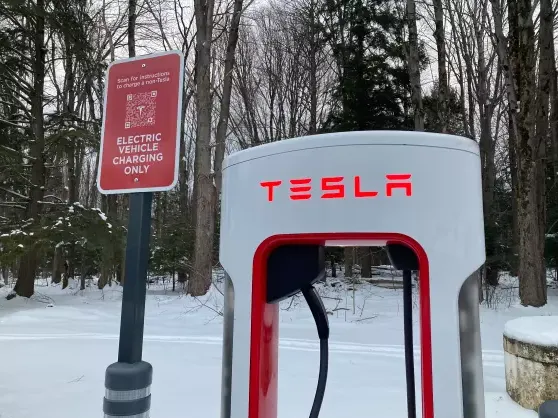
Proper EV charger placement
Not every store is right for EV chargers. The first thing Stewart's examines when considering installation is whether a location has a strong enough grid infrastructure to support the added energy needs of those chargers.
Stewart's chargers can be found both along highways and in rural communities, but it can be tricky in small towns because the company doesn’t want to risk a brownout or blackout, where areas lose partial or full power, Flannery pointed out.
The company has also tried to strategically place its chargers to reduce range anxiety — the concern that EV drivers face when they are unsure of the distance between charging stations.
Where EV chargers are built at any specific Stewart's location depends on where the lot has enough room to adequately build them out. "The main concern around placement is room for cars to charge," Flannery said. "Electric vehicles need space to pull into and plug in."
Drivers also need to be able to pass the time while waiting for their car to charge. "It's somewhere to enjoy that 30 minutes," Flannery said. "We have sit-down in all locations with booths, an ice cream shop, and a lot of food to go."
The charging stations don't necessarily need to be very visible from the street, because mostly EV drivers search for these locations via apps. Stewart’s Shops also offers the ability to filter for EV charging locations on the Find a Shop page on its website.
Five of Stewart's chargers are New York Power Authority (NYPA) chargers, which the NYPA operates, and seven are Tesla chargers. Two of the latter are Tesla Superchargers, meaning they can charge both Teslas and other electric cars. All of them are Level 3 chargers, or direct current fast chargers (DCFCs), so they'll give a full charge to most cars in 30 minutes.
Stewart's plans to add more chargers next year, Flannery said.

Hefty costs to get started
Introducing EV charging stations to a site does come with a hefty financial cost, said Flannery.
"Commercial electric bills have a demand charge, meaning all kilowatts used for a month are priced at the highest level of usage — or demand — during a month," she explained.
So, for example, if four cars charge simultaneously, the amount of electricity being used will spike during that time. After that point, the utility costs will be calculated as if four cars are charging at once all the time, which can dramatically increase a location’s power bill for the month.
In fact, she points out, the current cost structure penalizes the company for its EV customers charging during business hours, when they need it the most.
There's also an installation cost. Adding four to eight fast charging posts costs more than $500,000 for Stewart's.
Third-party operated
Other than the costs, there are no downsides to having EV chargers at Stewart's Shops, especially since the retailer operates as an on-site host, meaning either NYPA or Tesla operates and maintains the chargers.
"Our responsibility is only on the parking lot repair and general daily cleaning," said Flannery.
Some retailers prefer to operate their own chargers so they can link their loyalty programs to them, but Stewart's program isn't digital, so it’s not missing that integration. Stewart’s can, however, advertise on the NYPA screens to help draw drivers into stores.
At the end of the day, electric charging is something Stewart's wants to be part of, Flannery said: "We are a big contributor to this shift in New York state and southern Vermont. By hosting these NYPA and Tesla chargers, Stewart’s Shops is building the necessary EV infrastructure, especially in rural markets."



